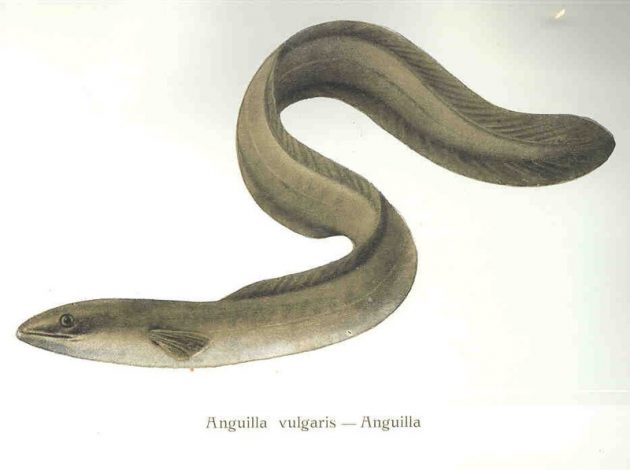Cocaine in Rivers Harming Endangered Eels, Study Finds
It is found by scientists that eels that are exposed to cocaine are more likely to suffer from issues like impaired gills and damaged muscles.

A study has reported that eels become not only hyperactive but also suffer from various diseases when tiny amounts of cocaine are flushed into rivers. These small pieces cause impaired gills, muscle wastage, and hormonal changes to eels.
Some researchers have examined the impact of this drug and stated that the influence of traces of cocaine on the European feels physiology could become a hindrance in their epic migrations through the oceans to reproduce.
It is observed that the little concentrations of cocaine in the laboratory tests are almost equal to the trace levels found in the water systems, oceans, and rivers from illegal drug use. These are particularly found near major cities.
For 50 days, eels were exposed to 20 billionths of a gram of cocaine per litre of water (20ng/l). The eels which were exposed to eels seemed hyperactive, and there was seen evidence of serious injury on their skeletal muscle. They also suffered swelling and muscle breakdown.
The affected eels were even sent to rehab clean waters, and after keeping them there for ten days, they were still found to have increased cortisol levels and damaged muscles. As this stress hormone causes fat wastage, these endangered European eels need fat reserves. These fat reserves help them to make a migration in the western Atlantic to the Sargasso Sea where they can breed.
Researchers in London have found 17ng/l, i.e., 17 billionths of a gram of benzoylecgonine per litre. This amount was from the urine of cocaine users where metabolite excreted. There were 44 billionths of cocaine per litre (44ng/l) and 183 billionths of benzoylecgonine (183ng/l) found in one Italian river.
It is reported that the impact of antibiotics, illegal drugs, and other pollutants on eels could be more severe in the coming time. Capaldo said that a polluted river would not only contain cocaine but also pollutants like morphine, pesticides, phenols, THC, heavy metals, MDMA, and antibiotics.
All these substances present in the river will tend to interact with each other, which will result in unpredictable effects. So, it can be estimated that a wild eel will experience damage that will be dependent on the type of contamination of the watercourse, which is related to the surroundings and human activities.
According to Capaldo, a lot of research is required to discover precisely how cocaine causes so much harm to the eel’s physiology. Moreover, research is also required to investigate how eels’ muscle damage may destroy their migration and reproductive success.

